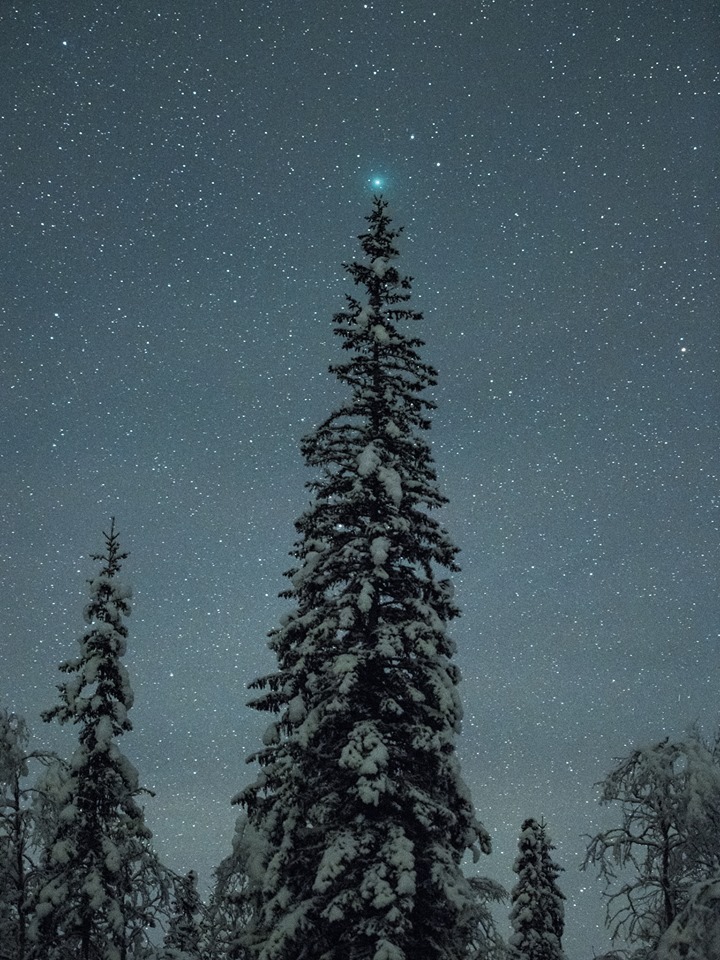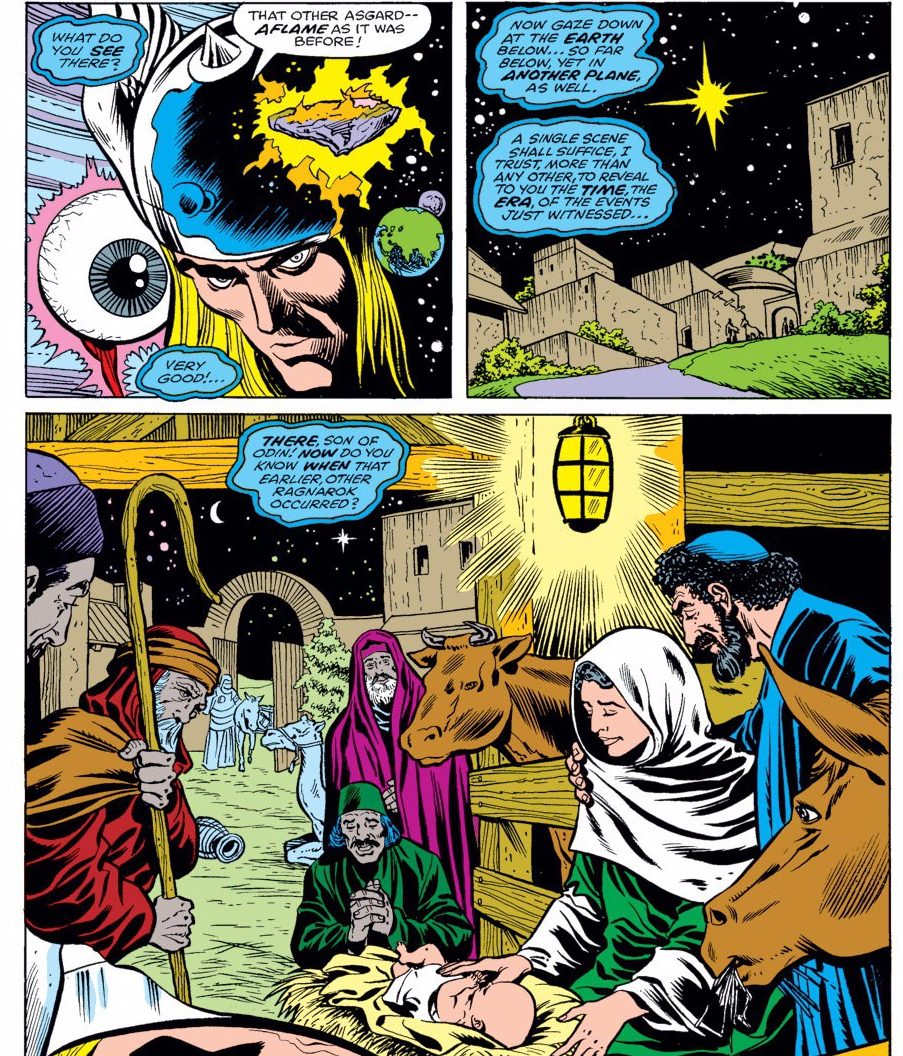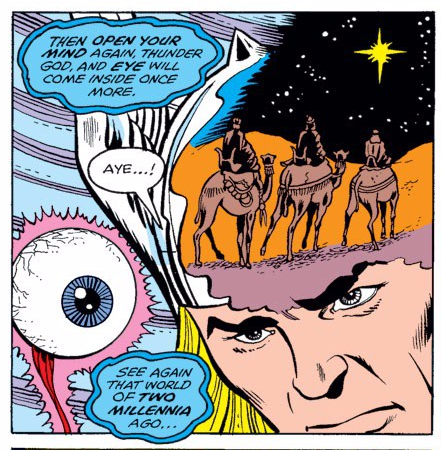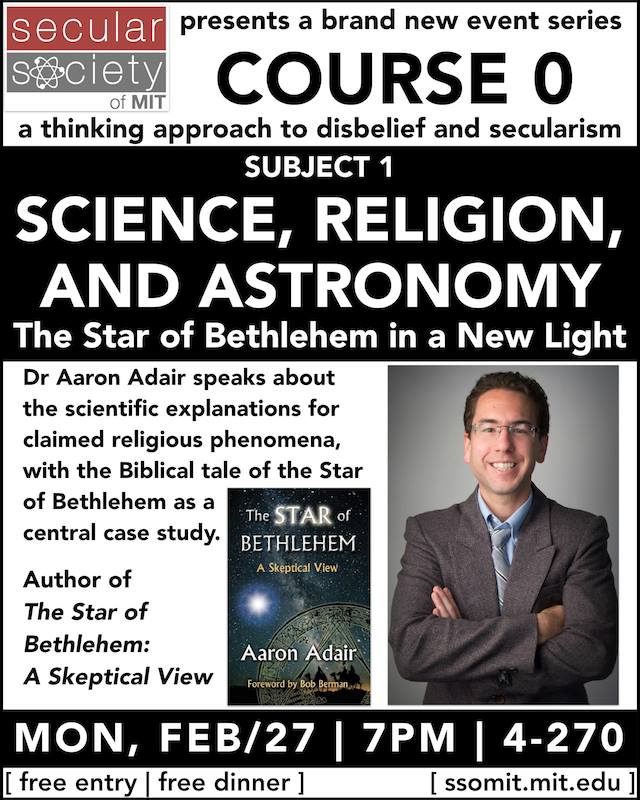For those who have been following the arguments for and against the position that Jesus was a completely mythical person, you might be aware of some of the discussions that have been sparked by M. David Litwa and Richard Carrier. For those who have not, then one might summarize things as a bunch of drama that doesn’t matter. I figured it was worth discussing some of the recent interactions that have taken place via a number of YouTube videos among the channels that have participated in the discussions about the historicity of the Bible, the historicity of Jesus himself, and the various texts that are discussed when making those arguments.
The biggest reason that makes me want to discuss what is happening is that I believe all sides are poorly engaging each other, either making unfounded claims and errors or bringing up so much vitriol that it becomes impossible to clear-headedly analyze the evidence one way or the other. I won’t pretend that I am some perfect saint in these matters, but I have watched the debate from the side, so I believe I can referee to some degree.
- Intro
- Ascending Arguments
- Vitriol
- GI’s Video–Beginning
- GI’s Video–The Good
- GI’s Video–The Questionable
- GI’s Video–The Bad
- Conclusions
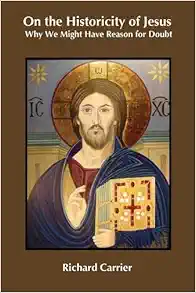
Intro
Before I do, let me give some background. Richard Carrier is probably the most prominent defender of the thesis that Jesus was not a historical person, but instead he was the result of visionary experiences and exegesis from the Old Testament, and the transformation of the original idea of a heavenly messiah into a historical figure was a process (as opposed to a conspiracy). His main book arguing the topic, On the Historicity of Jesus (hereafter OHJ) was published through an academic press, so it has deserved more attention by the academy than other versions of the Jesus myth hypothesis. M. David Litwa was, until recently, a research fellow in early Christian studies at the Australian Catholic University. Both of these scholars have been presenting their work and ideas on a number of YouTube channels devoted to New Testament and religion studies, namely MythVision, Gnostic Informant, and History Valley.
Continue reading
